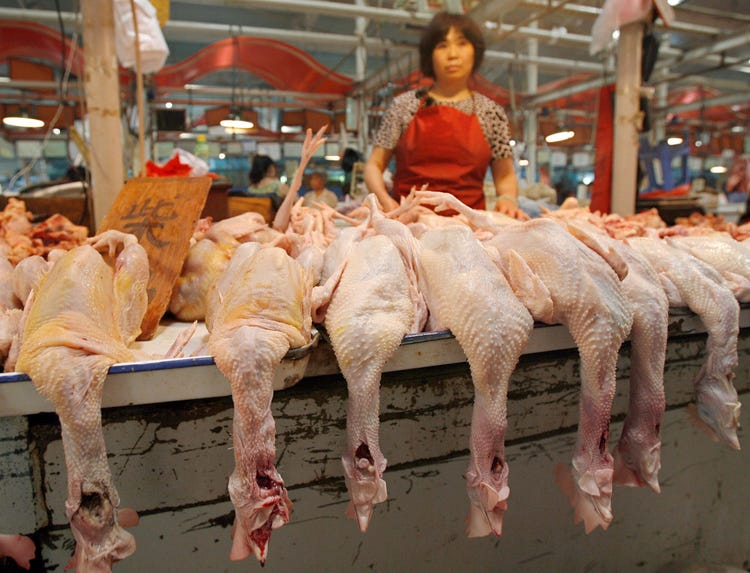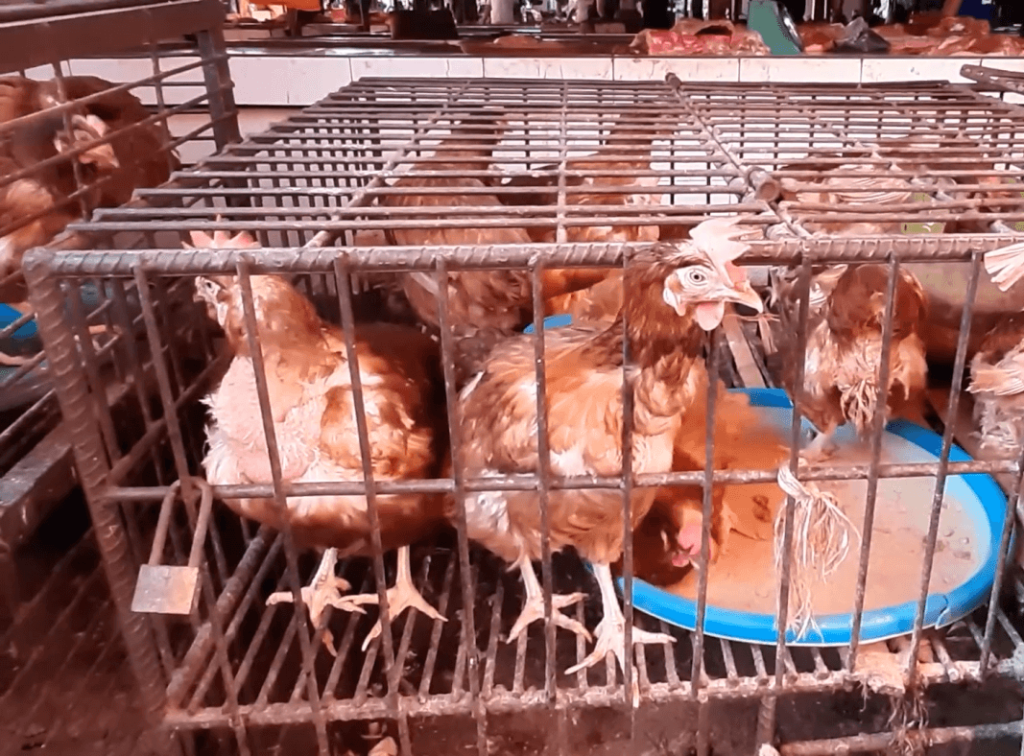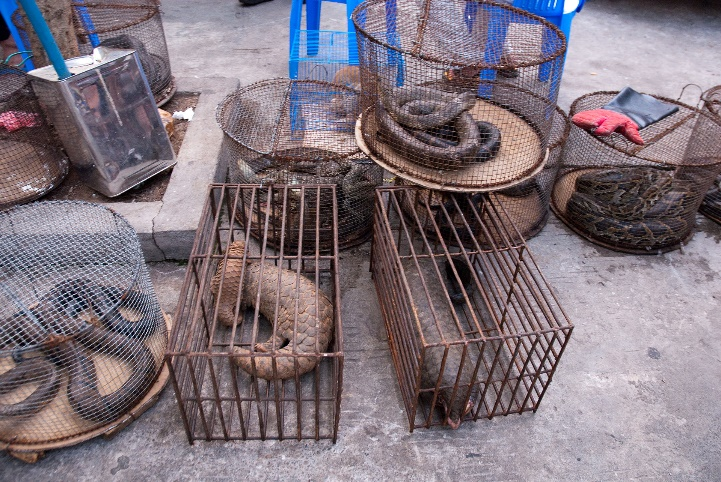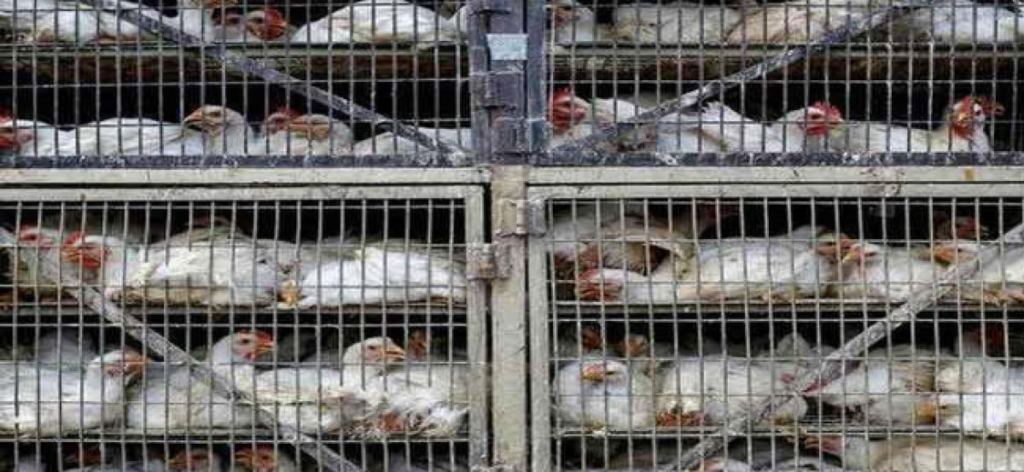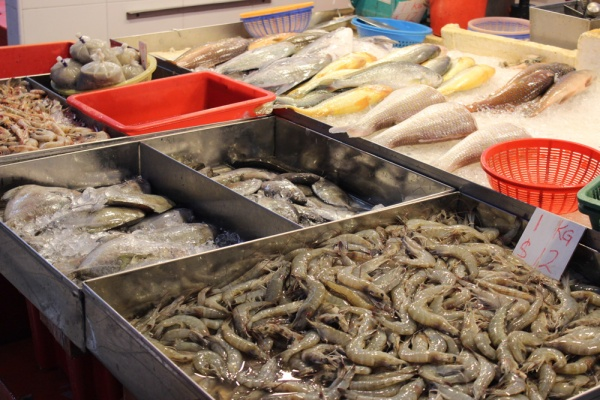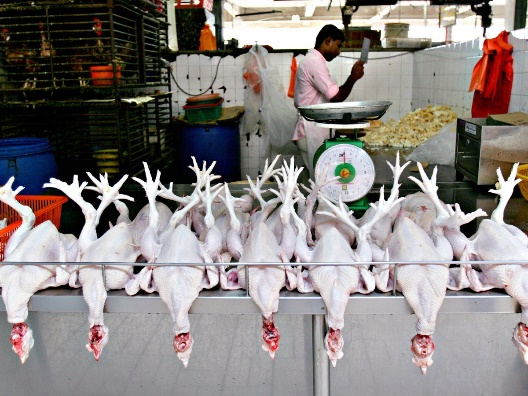Introduction
One organism has baffled the entire world and every segment of life has undergone turmoil in terms of health, education and economy. Several families ruined and faced the heat of Covid 19 infection. People thought of only survivability rather than their achievements. It is due to a “zoonotic disease” that originated from animals and spread to humans. This is all due to the human errors creating wet markets.
Most people had not heard the term “wet market” before the COVID-19 pandemic. The term gained almost universal acknowledgement once it came to light that the source of the outbreak of the coronavirus was the Huanan Seafood Wholesale Market, a wet market in Wuhan city, China.
In these we markets close interactions with wild animals have caused numerous disease outbreaks in humans, even before the occurrence of coronavirus. Similar conditions, including Middle East respiratory syndrome (MERS) and Severe Acute Respiratory Syndrome (SARS), have been caused by virus strains with zoonotic origins, meaning that they originated in an animal host before spilling over to human populations. Some of the viruses such as HIV, Ebola, Nipah virus, Avian Influenza (bird flu) and H1N1 (swine flu) also have zoonotic origin (fig.1)
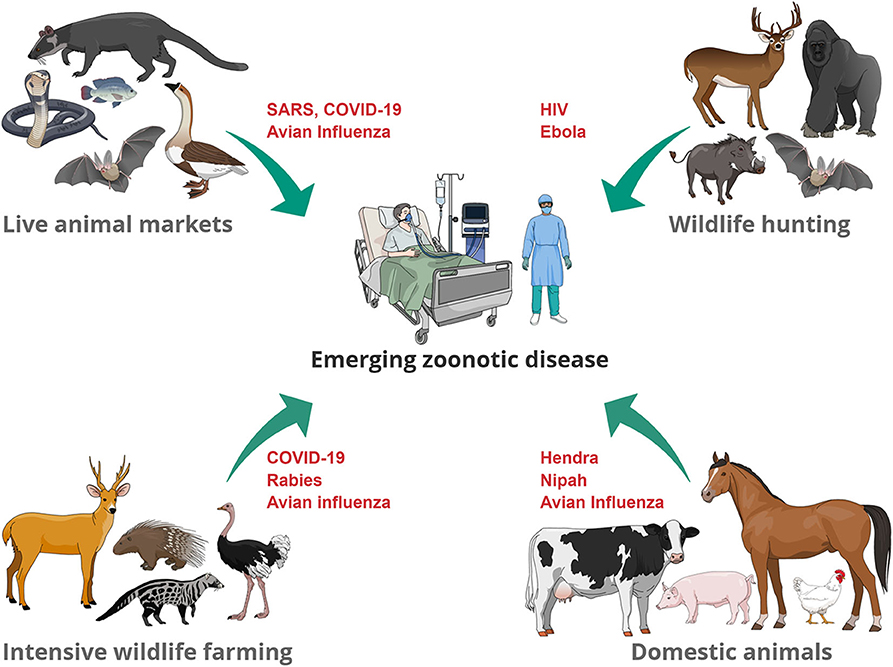
Live and wet markets have been linked to the emergence of different epidemic/pandemic diseases, including coronavirus disease 2019 (COVID-19) and different subtypes of influenza ‘A’ viruses, and they are also an important source of foodborne pathogens.
A report on Zoonotic Diseases states that 75%of emerging diseases are of zoonotic origin. Centers for Disease Control and Prevention reported that every 3 out of 4 new emerging infectious diseases in people are traced back to animals.
What is a wet market?
A wet market typically has multiple open-air stalls, spread over a large area, where vegetables, fruits, meat and fresh seafood are sold. Some of these sell and slaughter live animals, including poultry and fish, on-site, while some even engage in illegal dealings of wild animals. A wet market is dubbed so because, in such a market, water and ice are used to keep the food and meat fresh. On the contrary the dry market is a market selling clothing, electronics, etc. rather than fresh meat and other dry produce.
The wet markets are supplying meat from several animal species including wild animals and sea food to millions of people in the world, precisely the countries like China, Taiwan, Indonesia, Singapore is having live and wet markets (fig.,2,3,4&5). In these markets selling of variety of animals including, wild life such as wild ducks, peacocks, monkeys, pangolins, bats, foxes, rodents snakes and other reptiles etc.
The human greed has created the areas with thickly populated, less ventilation and contamination with substandard hygiene and sanitation has all created an unhygienic environment conducive for emergence of newer infections in such market areas.
(Source:Google images)
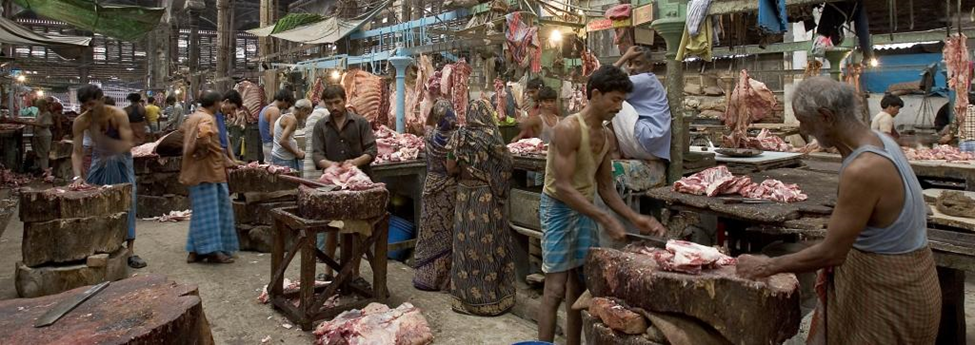
The Indian meat, poultry, and seafood are largely dependent on wet markets[. According to Food & Beverage News, domestic consumers prefer freshly cut meat from wet markets over processed and frozen meats despite use of outdated and unhygienic facilities by the majority of Indian wet market abattoirs.
Indian wet markets as seen in at Ghazipur Murga Mandi in Delhi slitting live chickens’ throats, skinning the birds, and sorting through their flesh, which was soaked in blood and guts, with their bare hands. There were bags of live, struggling crabs and eels at a fish market in Malancha, West Bengal. Captured dogs were killed and sold for meat at the Keera Bazaar in Dimapur, Nagaland, and near Mao Market in Kohima, Nagaland. (Nagaland has just decided to stop dog-meat sales, but the illegal trade continues in other states.) In Manipur, sellers at the Nute Bazaar handled the charred remains of wild animals – including monkeys, wild boars, porcupines, and deer – and at the Churachandpur market, meat from various wild animals was sold.
Advantages of wet market
- The growing trend of protein intake among health-conscious consumers has also amplified the consumption of meat products and is expected to drive the market revenue over the coming years.
- It Creates ample employment-and place to set small-scale meat and agro-industry.
- Ease of Access to Consumers- to buy vegetables from one stall and get meat from the one next to it.
- Where wet markets are beneficial for farmers to meet costumers easily, consumers also get the advantages of wet market by finding every needed item in one place.
Disadvantages of wet market
- Wet markets have all sorts of unhygienic practices unsanitary enclosures are a friendly source for Zoonotic diseases to mutate and evolve as a vending stall.
- Butchering endangered species of animals in return for substantial monetary benefits. Killing these animals for money or just for the sake of good taste doesn’t seem acceptable to animal lovers.
- Meat markets, Illegal Selling, of -Peacocks, lizards, wild bats, Pangolins, monkeys, and other trafficked species are potential source viruses and microorganisms responsible for the widespread of a pandemic and health concern.
Care of meat and stored meat: Safety is important when you are buying meat.
- Ground meat and offal like liver and kidneys should only be kept in the fridge for one to two days.
- Leftovers containing cooked meat should be kept for no longer than three to four days before tossing.
- When you buy packed and stored meat examine the expiry date
- Care need to be exercised to see any tampered packing or contaminated with other meat or food items in the deep freeze.
- Store the meat items in deep freeze or in its designated area in freeze.
- Use stored meat within 3- 5 days.
- Wash your hands before and after handling of meat.
- Cook the meat at 145 to 160o F.
- Put meat, poultry, and fish in separate plastic bags so that their juices don’t get on your other foods.
- Freeze raw meat, poultry, or fish if you won’t be eating for several days. Keep unopened packages of hot dogs and deli meats in the refrigerator for up to 2 weeks.
Food Safety and Standards (Food Products Standards and Food Additives) Regulations, 2011 also warrant that every product being sold in the Indian mark.et must meet/conform to legal standards of quality.
There are three principles of meat hygiene, which are crucial for meat processing operations.
- Prevention of microbial contamination during meat product manufacture by adopting proper cleaning and sanitation practices.
- Minimization of microbial growth in meat products by storing them at a low temperature
- Reduction or elimination of the risk of microbial contamination by applying suitable heat treatment and packaging systems at the final processing stage.
Pathogens
Poultry and poultry meat are often found contaminated with potentially pathogenic microorganisms such as Salmonella, Campylobacter, S. aureus, E. coli and Listeria. In some occasions also Yersinia enterocolitica, Aeromonas and Cl. perfringens have the potential to be important pathogens in poultry products. However, Salmonella, Campylobacter and to a lesser extent Listeria, are considered to be the major food-borne pathogens in the poultry industry. Besides these the emergence of Aeromonas from poultry meat products as a vector of human infection has also been reported. Among Aeromonas spp. detected on poultry carcasses, Aeromonas caviae, A. hydrophila, Aeromonas salmonicida-masoucida, and Aeromonas schuberti have been reported to survive after 14 days of product storage.
Regulations and Legislation in India
In India, only goat, sheep, pigs, bovine or cattle, poultry, and fish are allowed to be slaughtered. Animals such as sea turtle, porcupines, lizards, etc. are species that are protected by law, and slaughtering of these animals is illegal.
Food Safety and Standards Authority of India (FSSAI) was set up to provide the licenses and see that the guidelines and measures are met. The most important legislation is the Food Safety and Standards Act, 2006 (FSSA), that overrides all other food-related laws in operation prior to it. FSSA initiates harmonisation of India’s food regulations according to international standards.
The Food Safety and Standards (Licensing and Registration of Food Business) Regulations, 2011 govern the aspect of license and registration of food businesses, including meat and meat-based products. Under Regulation 2.1, all food business operators in the country are required to be registered. A valid license is needed for any food-related operation and to ensure safety, sanitary and hygienic conditions.
But according to a Down–To-Earth report, the organization is ill-equipped and underfunded to properly carry out the work
Conclusion
Wet markets are unsanitary conditions and are ideal for spreading disease, and experts believe that the novel coronavirus – which has already killed over 500,000 people worldwide – first infected humans through wildlife in a wet market in Wuhan, China, although one theory links the disease to factory-farmed pigs. Similar situations may arise from our wet markets also and any food-related operation and to ensure safety, sanitary and hygienic conditions. We should also think to establish good market chain for selling hygienic processed meat and poultry, without wet market contamination in near future.
